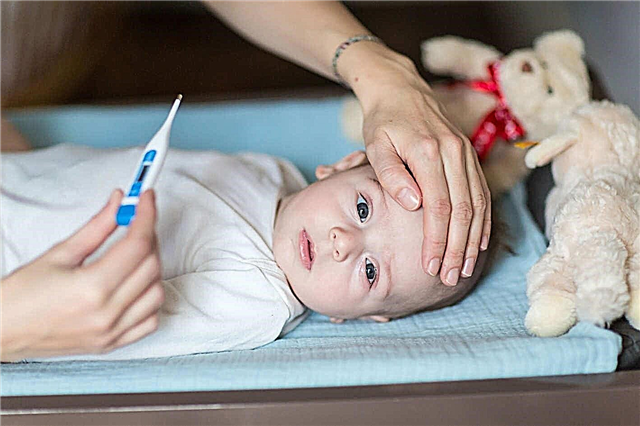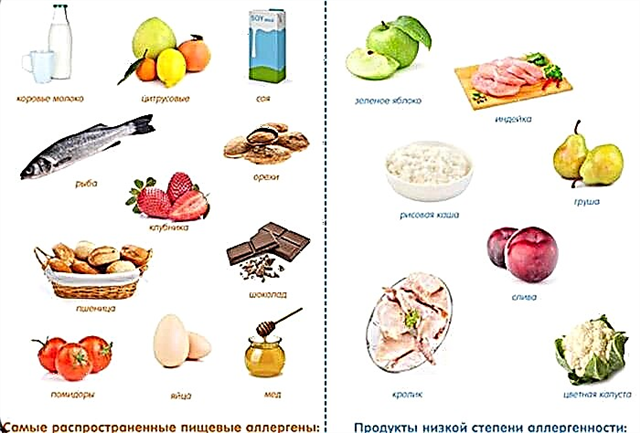
Follicle rupture may be a completely natural condition associated with the monthly process of ovulation, or it may not be associated with the maturation of the egg, and then we are talking about pathology. How these processes take place is described in this article.
What it is?
A follicle is a cavity within the sex gland. From birth, every girl's ovaries already have a supply of follicles, which until puberty are dormant and inactive. With the onset of puberty, it starts folliculogenesis process - every month one of the follicles matures, ruptures and releases a mature egg from its internal cavity into the fallopian tube... This is the process of ovulation.
After the release of the egg, the vesicle is no longer needed, and its membranes are transformed into a corpus luteum - this is the name of the temporary endocrine gland that produces progesterone.
But at the very beginning of the menstrual cycle, more than one follicle matures. Under the action of follicle-stimulating hormone (FSH), several follicles on both the right and left ovaries become antral from the primary. But only one is destined to grow to large sizes, it is called dominant. It is from him in the middle of the cycle that an egg appears, which gives a woman a chance to conceive a child.
The rupture of the ovarian follicle, therefore, is a physiological, natural process inherent in ovulation. It occurs under the influence of hormones.


When the follicle reaches a size of 22-24 mm, its membranes become thinner under the action of luteinizing hormone, even on an ultrasound one day before ovulation, you can see the so-called stigma - the place where the rupture will occur.
The membrane, reaching its peak, breaks, the oocyte enters the abdominal cavity with a small amount of free fluid, in which the egg was located during maturation. Sometimes minor bleeding occurs. This is a consequence of a violation of the integrity of the blood vessels that feed the follicular membrane.
The remains of the shell are grouped into a new structure - the corpus luteum, which will work for 10-12 days, representing a kind of progesterone factory. If pregnancy has occurred, then the production of this hormone will continue, since the vital activity of the corpus luteum will be supported by the hCG hormone produced by the chorionic villi of the embryo.
As already mentioned, the process of rupture or its absence can be pathology. So, with persistence of the follicle, there is no rupture. As a result, the oocyte inside overripes and dies, and the follicle continues to be present on the surface of the gonad. It often degenerates into a cyst.


With luteinization of the follicle, the sequence of its development is disrupted, and the yellow body begins to mature inside the follicle that has not yet burst. Follicular rupture is often not too correctly called follicular cyst rupture. Usually, these cystic formations resolve on their own within several cycles and even during pregnancy.... It is uncommon, but it is possible that the cyst will rupture, and then the woman may need surgical assistance.
Sometimes the gap has to be stimulated, accelerated. This usually occurs when ovulation is stimulated by hormonal fertility agents in the natural cycle. In this case, when the ultrasound results show that the follicle has reached the desired size, a single injection of hCG is given to rupture the mature follicle, and ovulation occurs after 12-24 hours.
Signs and symptoms
The natural rupture that accompanies ovulation is rarely accompanied by pronounced signs, and most women do not feel this process. But about 20%, according to medical statistics, experience painful sensations during ovulation. The complex of symptoms is combined into a single concept - ovulatory syndrome. Women with a high individual level of nervous sensitivity have minor pains from the side on which the ovulated ovary is located.
A painful rupture is an individual feature of a particular woman's cycle, and in most cases it does not need treatment. If the pain bothers and interferes with the lady's normal life, it is recommended to take antispasmodics and pain relievers, use traditional medicine - tea with chamomile and a warm heating pad.
The rupture of the follicle is preceded by some signs by which a woman can guess about the imminent onset of ovulation:
- discharge becomes transparent, abundant, it is easy to stretch it between the fingers for a few centimeters;
- the chest becomes more sensitive;
- mood changes often;
- there is an increase in libido.
The pains from rupture of the follicle are associated with the intricacies of the nervous system, because there are many nerve endings in the ovarian membrane, as well as with mechanical irritation of the peritoneum, because simultaneously with the egg, fluid from the inner follicular cavity and a little blood come out into it. The pain disappears within 1-2 days after ovulation.


In the absence of a high excitability of the nervous system, ovulation can be felt, but by indirect signs - discharge, headaches, etc. The very moment of rupture and destruction of the follicle will remain a secret for a woman.
If the follicular cyst bursts, then the symptomatology is brighter - a sharp pain in the lower abdomen, which encircles the lower back, and is given in the rectum. Blood pressure may decrease, a woman may faint, and profuse bleeding is possible. In this case, you should immediately deliver it to a medical facility with a surgical hospital.
Diagnostics
Whether the follicle will burst or not, no one knows. This amazing bottle with a woman's precious reproductive cell is able to present a lot of surprises. Neither ovulation tests nor basal temperature will tell if the rupture has occurred.... The answer to this question can only be based on the results of folliculometry - ultrasound of the ovaries.

You can clearly see how ovulation occurs in the video below.



